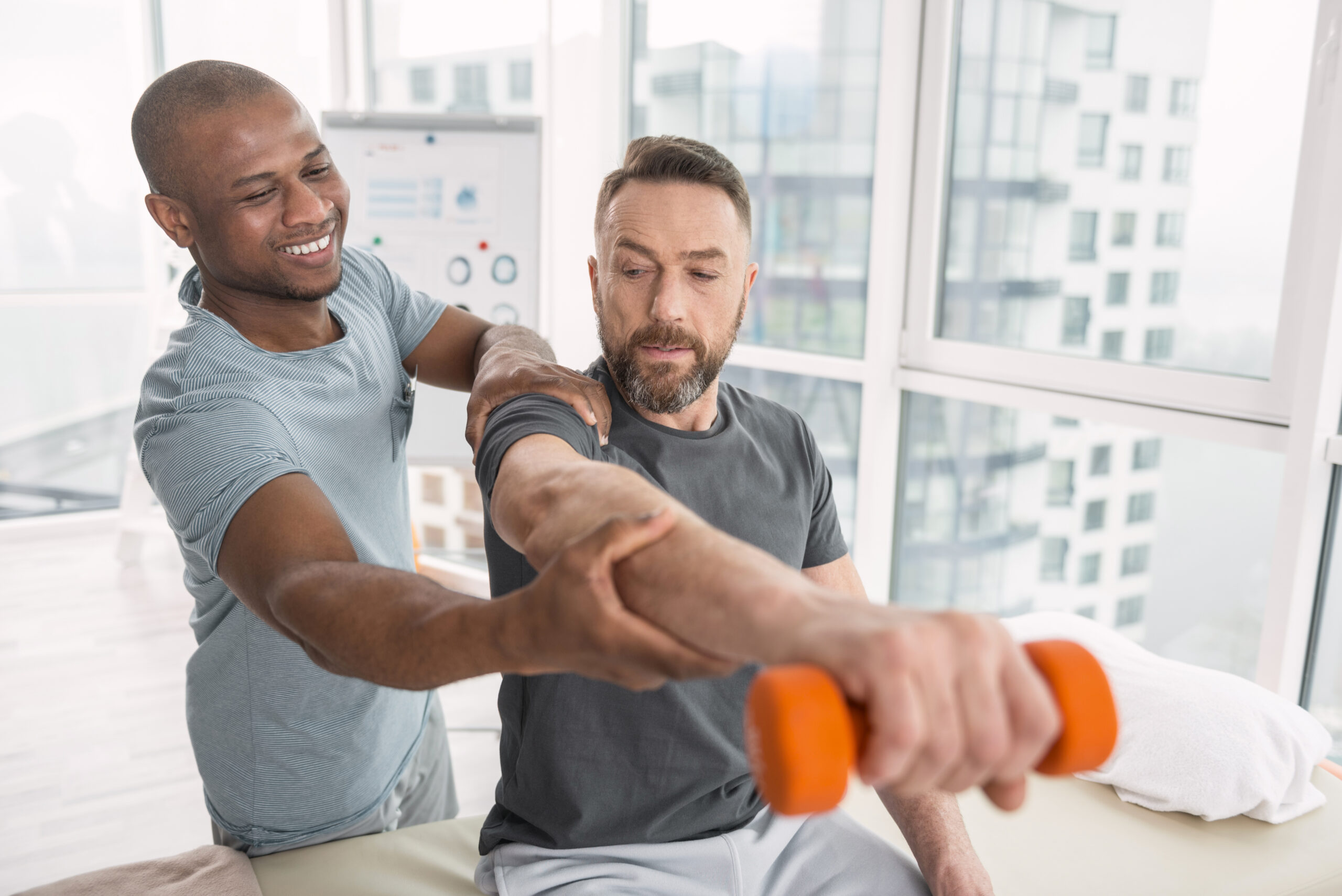Strength training plays a vital role in sports recovery, helping sportspeople heal from injuries and enhance their overall performance. When an athlete sustains hurt, their physique needs period to recover. However, during this recovery period, it is crucial to maintain power and flexibility to avoid additional damages. Strength training can be customized to fit the requirements of each athlete, focusing on particular muscle areas that may have been impacted by the trauma. This focused approach not only assists in rehabilitation but also readies the athlete to return to their activity stronger than previously.

One of the main advantages of resistance training in recovery is its ability to improve muscle power and endurance. When muscular tissues are more powerful, they can more effectively support joints and minimize the risk of recurrence of injury. For example, an individual recovering from a leg injury can gain from exercises that fortify the quadriceps and hamstrings. These muscular tissues play a vital part in stabilizing the leg joint. By including strength conditioning into their rehabilitation program, individuals can regain their power more effectively and securely.
In addition to developing strength, strength conditioning also improves mobility and range of movement. Many injuries can result to stiffness in the injured area, causing it difficult for individuals to move easily. Strength training workouts often involve extending and lengthening the muscles, which can assist restore mobility. For example, adding weight straps or weights into flexibility routines can improve the efficacy of these exercises. As mobility enhances, athletes can execute actions more efficiently, which is crucial for optimal performance in their activity.
Another important aspect of resistance training in sports recovery is its beneficial effect on mental well-being. Healing from an trauma can be a difficult and exasperating experience for athletes. Participating in strength training can offer a feeling of accomplishment and boost confidence. As individuals see gains in their strength and abilities, they may experience more driven to continue their rehabilitation process. This psychological uplift can be just as important as the physical advantages, as a optimistic mindset can lead to improved results in recovery.
Finally, strength conditioning can help individuals transition back to their sport more smoothly. Once they have recovered their power and flexibility, individuals must to practice sport-specific movements to ensure they are prepared for contests. Strength conditioning can be sports rehab for lower back pain combined with sport-specific drills to create a holistic recovery program. This blend allows individuals to not only heal but also improve their performance. By focusing on both rehabilitation and performance, strength conditioning becomes an essential instrument in the recovery process, helping athletes return to their activity stronger and more durable.
Comments on “The Crucial Impact of Resistance Training on Improving Recovery and Performance in Athletic Rehabilitation”